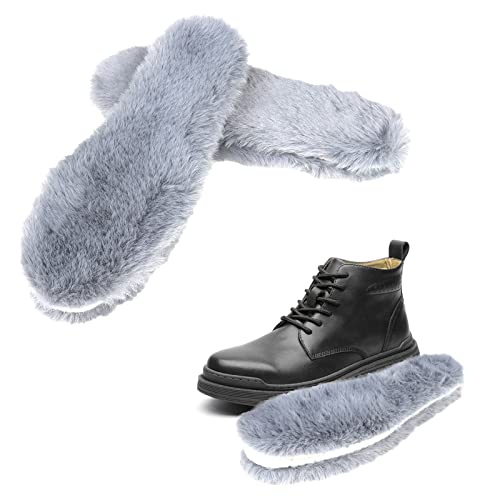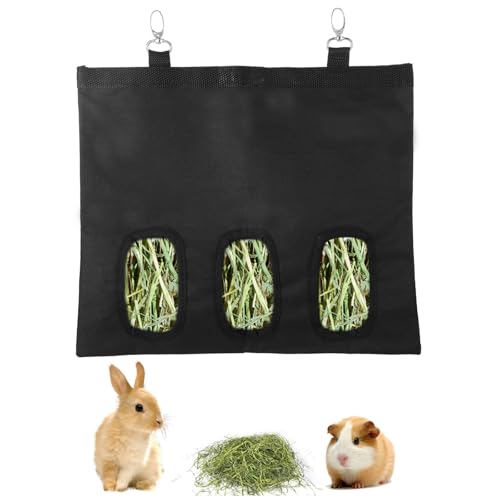What beautiful eyes and gentle faces they have!
I agree with
@ladysown, they look like prime examples of classic crossbreeds!

Fortunately, in 4H Showmanship (and ARBA Showmanship, as well), the rabbit is almost inconsequential as long as it's well-trained and well-conditioned. In fact my multiple-year 4H Grand Champion Master Showman daughter (yes, mother's pride talking

) often chooses to use a rabbit with DQs (disqualifications) or other imperfections, so that she can point out and discuss those issues during the showmanship competition.
That said, as you are obviously aware, knowing your rabbit's breed, color, age and quality
is important. I'd have the 4Her indicate that the rabbit is probably a crossbreed from meat and/or large breeds (note that Flemish Giant is not usually considered a meat breed due to its heavy bone), and assess the rabbit on that basis, i.e. commercial coat and meat type.
As far as breeds, part Flemish is a good guess as the doe, especially, leans toward the semi-arch, aka mandolin, body type of Flemish Giant - which would be a good thing to mention during showmanship. (However, this doe isn't really posed, so she may not be nearly as long in the shoulder as she looks in this photo.)
View attachment 36274
Knowing the senior weights of the various breeds you think contributed would be helpful:
Flemish Giant - bucks 13lb and over, does 14 pounds or over
NZ - bucks 9-11 lbs, does 10-12 lbs
American Chinchilla - bucks 9-11 lbs, does 10-12 lbs
Colorwise, I'd lean toward sable chinchilla for the buck, especially if he has a ring pattern. The buck also looks like he might be a non-extension color, e.g. non-extension sable chin, aka sable point chin. That would mostly eliminate any actual ring pattern, though. Can you get a photo of his fur when you blow into it?
The other thing that strikes me is the possibility of silvering, a la Champagne D'Argent or Creme D'Argent, which is at yet another locus <si> and could come along with chin <cchd>, sable <cchl>, and non-extension <e>:
View attachment 36279View attachment 36280
The doe's surface color, foot color and lack of white ear linings and a clear nape triangle suggests steel to me, which would not be at all surprising if she has Flemish in her background (Flemish are recognized in both light gray - i.e. chinchilla - and steel gray). The buck has clear agouti markings on his feet, while the doe does not:
View attachment 36282
View attachment 36276
View attachment 36275
View attachment 36278
The appearance of the orange tones in the coat is a little strange, as
@judymac noted, and should not really be there in a chinchilla or a sable. I could certainly believe there is harlequin influence in the doe, especially looking at those spots in
@judymac's mac close-up, as well as these color separations/variations in the ear:
View attachment 36271View attachment 36273
If the doe does carry harlequin <ej> (the buck could not if he actually is a non-extension <ee> color), that would suggest yet another breed contribution, since none of the Flemish, NZ or Chinchilla breeds come in harlequin or tricolor.
However given the placement of the orange-ish coloration on both rabbits, I could also easily believe that might be due to hutch stains (even if they weren't technically in a hutch, they can get stained from laying in the dirt) and/or molt. Here is an American Sable in molt looking pretty orange-ish in the same body areas:
View attachment 36277
All in all, I think if your 4Hers could demonstrate an understanding of ring pattern, silvering, and/or harlequinization, they'd do well with the color portion. Having them learn to pose the rabbit properly to assess body type would be excellent, as both commercial and semi-arch breeds are posed the same way: front toes lined up with the eyes, and hind toes directly underneath the knees. That allows good discussion of body type and meat qualities.



























































